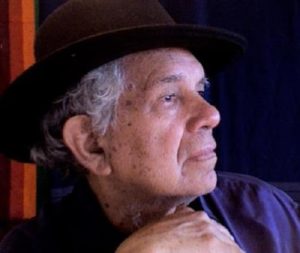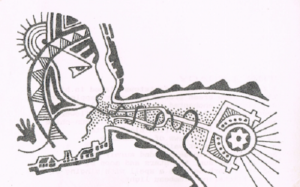By Petamber Persaud
Although there is a vast amount of literature written on and about the indigenous peoples of Guyana, only a small handful of that corpus is written in English by the indigenous. However that small amount ‘amounts’ to an importantdegree of insight into the joys and heartrending tribulationsof a life,because that small corpus really goes to the heart of the issues of the indigenous.

This is not to say that the other writings do not address real issues, but the other writings cannot be substituted for “the real McCoy”. A non-indigenous cannot really understand or even imagine what encroachment means to a culture that has been ‘entrenched’ for eons, a non-indigenous writer cannot feel nor related to the damage caused by that encroachment, a non-indigenous writer cannot understand what marginalization means in the land of your birth – the land into which you breathe life. This is not to say it is impossible for non-indigenous writers to mirror some aspects of that society, mindfulthat the rendition by non-indigenous may be misleading and may even give credence to stereotyping.
The “real McCoy” comes from the likes of Basil Rodrigues when he cried out in his lamentation, “A Merry Indian no more”; David Campbell viewing the situation “Through Arawak Eyes”, and Stephanie Correia who, in “Arrows from the bow”, was on target, every time and even without taking aim at anyone: an indictment on the whole Guyanese society.




